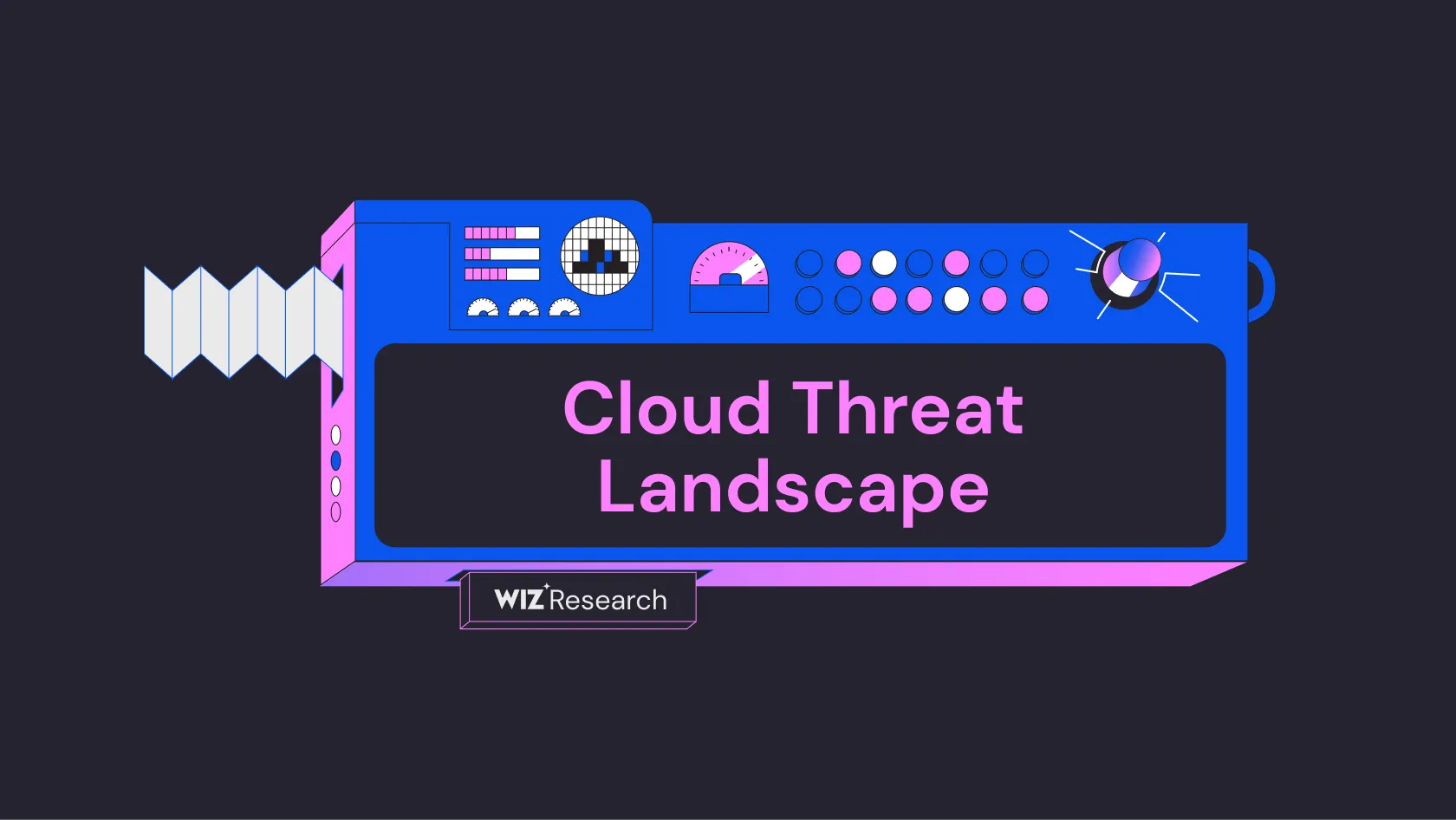
Cloud Vulnerability DB
An open project to list all known cloud vulnerabilities and Cloud Service Provider security issues
A Windows Telephony Service Remote Code Execution Vulnerability has been identified and tracked as CVE-2025-21305. The vulnerability was initially reported on January 14, 2025, affecting multiple versions of Microsoft Windows operating systems, including Windows 10, Windows 11, and various Windows Server editions (NVD).
The vulnerability has been classified as a Heap-based Buffer Overflow (CWE-122) with a CVSS v3.1 Base Score of 8.8 (HIGH), and vector string CVSS:3.1/AV:N/AC:L/PR:N/UI:R/S:U/C:H/I:H/A:H. This indicates that the vulnerability is network-accessible, requires low attack complexity, needs no privileges, but does require user interaction. The potential impact includes high levels of compromise to confidentiality, integrity, and availability (NVD).
Based on the CVSS score and vector analysis, successful exploitation of this vulnerability could lead to complete compromise of system confidentiality, integrity, and availability. The high severity rating and the involvement of the Windows Telephony Service suggests potential remote code execution capabilities that could give attackers significant control over affected systems (NVD).
Microsoft has released security updates to address this vulnerability. The patches are available for all affected versions of Windows, including Windows 10 (various versions), Windows 11, and Windows Server editions. Users are advised to apply the latest security updates to protect their systems (Microsoft Advisory).
Source: This report was generated using AI
Free Vulnerability Assessment
Evaluate your cloud security practices across 9 security domains to benchmark your risk level and identify gaps in your defenses.

An open project to list all known cloud vulnerabilities and Cloud Service Provider security issues

A comprehensive threat intelligence database of cloud security incidents, actors, tools and techniques

A step-by-step framework for modeling and improving SaaS and PaaS tenant isolation
Get a personalized demo
“Best User Experience I have ever seen, provides full visibility to cloud workloads.”
“Wiz provides a single pane of glass to see what is going on in our cloud environments.”
“We know that if Wiz identifies something as critical, it actually is.”